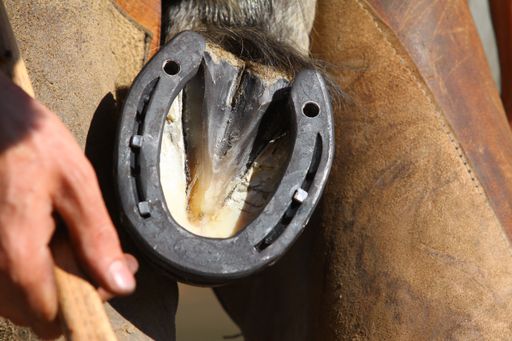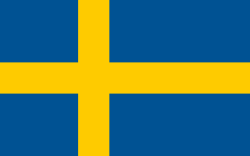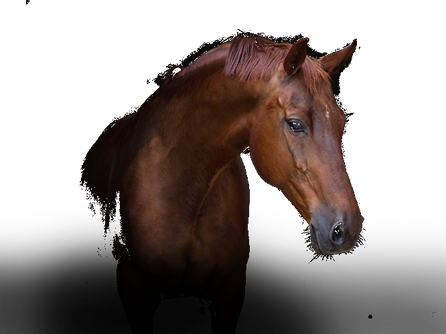Hooves and Coat
The shine of the coat and the strength of the hooves are often used as assessment parameters when forming an impression of how our horse is doing. A dull coat, for example, may be a sign of an inadequate diet or parasites. Hoof cracks and slow-growing hooves can indicate a vitamin or mineral deficiency. It takes about a year for a hoof to fully grow out, so poor hoof quality and insufficient growth can limit the horse's performance for an extended period. Therefore, it is important to notice any changes in the hooves and act quickly when they are observed.
The coat requires nutrition, especially during the periods when the horse transitions from winter to summer coat and from summer to winter coat. The coat consists of 85% protein, along with a significant amount of fats and minerals. Reduced coat quality can therefore be a sign of a protein or mineral deficiency. By feeding your horse a complete, well-balanced, and properly formulated diet, you can prevent issues such as rubbing and eczema. Rubbing can also be prevented by keeping the coat clean, which is best done with a cleansing shampoo and a moisturizing conditioner.




